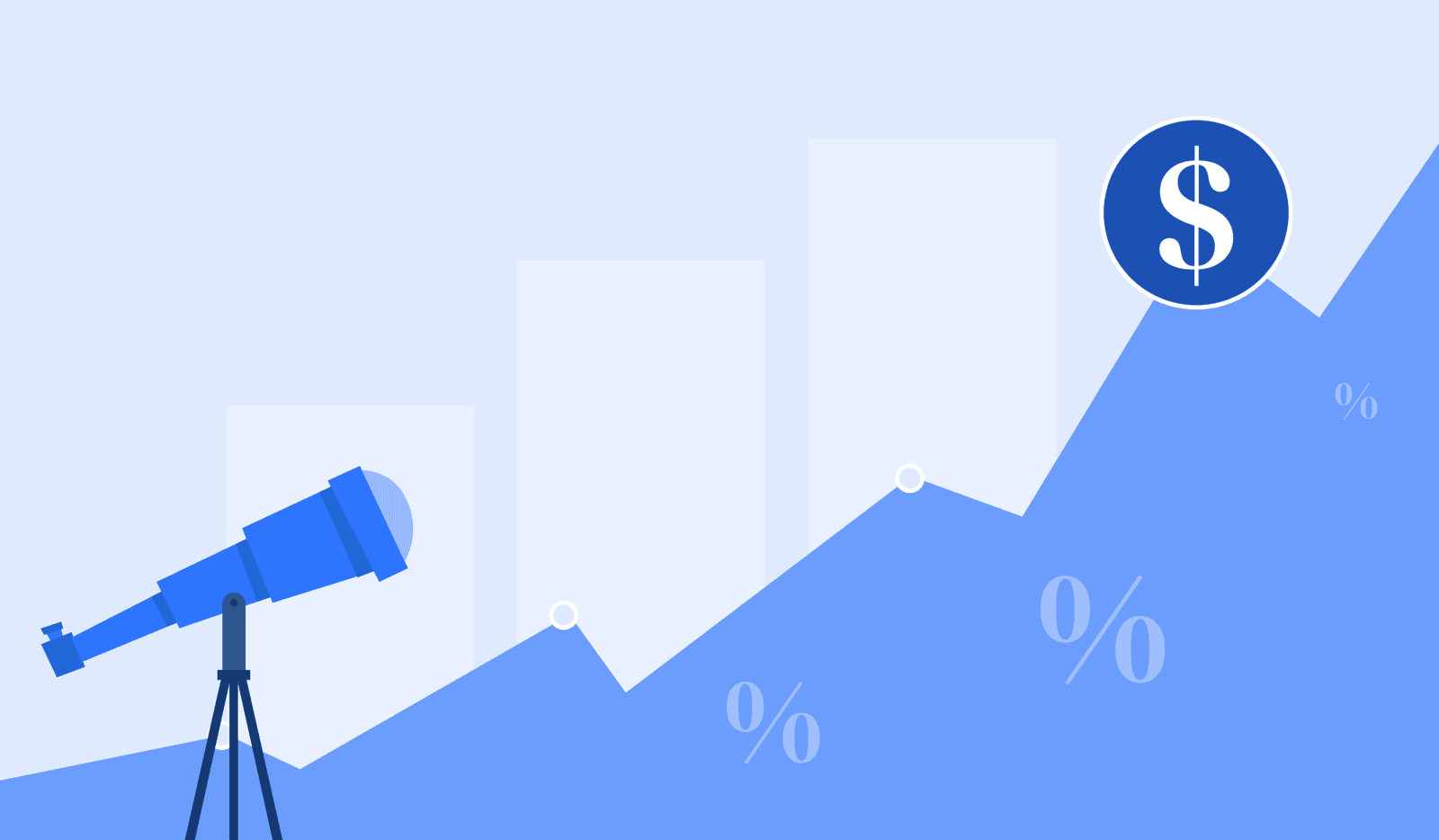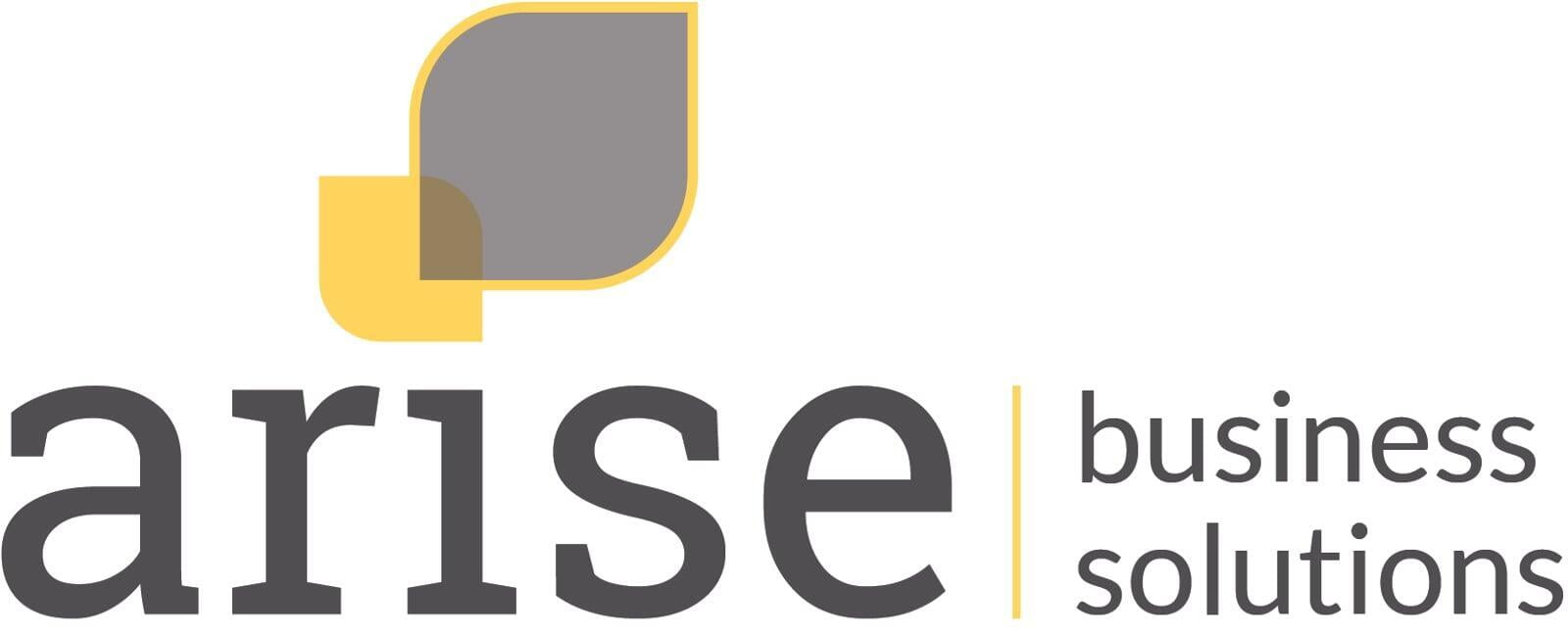Remember when forecasting your firm's revenue meant relying on partner hunches and last year's utilisation rates?
In today's professional services landscape, that approach is becoming as outdated as paper time-sheets. Whether you are running a law firm, consulting practice, or creative agency - data analytics is revolutionising how we predict and grow service-based revenue.

The Hidden Costs of Intuition-Based Forecasting
If you are in professional services, these scenarios might sound familiar:
- Your team is either over-booked or under-utilised because project timing was off
- You missed growth opportunities because you could not predict resource needs
- Client renewal predictions were overly optimistic, creating unexpected revenue gaps
- Your hiring plans did not align with actual project demands
The real cost isn't just missed revenue - it is about resource allocation, talent retention, and client satisfaction.
The Data-Driven Advantage in Professional Services
Modern forecasting uses data analytics to transform service-based predictions from guesswork into science. Here's the practical impact:
1. Precision in Pipeline Prediction
Instead of relying on gut feel, data analytics examines:
- Historical client engagement patterns
- Project completion rates
- Client renewal behaviours
- Utilisation rates
- Client sector trends
- Optimise staff utilisation
- Time new hire onboarding
- Plan client capacity
- Balance skill mix across projects
- Early warning signs of client churn
- Cross-selling opportunities
- Optimal project timing
- Client satisfaction patterns
The ROI for Professional Services
- 20-30% improvement in resource utilisation
- 15-25% better project timing accuracy
- 10-20% increase in client retention
- More strategic hiring decisions
- Utilisation rates improved from 65% to 82%
- Project timing accuracy increased by 40%
- Client retention improved by 15%
- They reduced bench time while maintaining capacity for new opportunities
Getting Started: Your First Steps
- How accurately do you predict client needs?
- What engagement data are you already tracking?
- Where are the biggest gaps in your resource planning?
- Is your client and project data centralised?
- How well do you track proposal and win rates?
- What client satisfaction metrics do you measure?
- Does your current CRM support advanced analytics?
- How well do your project management tools integrate?
- What additional capabilities might you need?
The Road Ahead
- Essential metrics for service-based businesses
- Building your analytics foundation
- Implementation strategies that work for professional services
- Advanced techniques for predicting service demand


